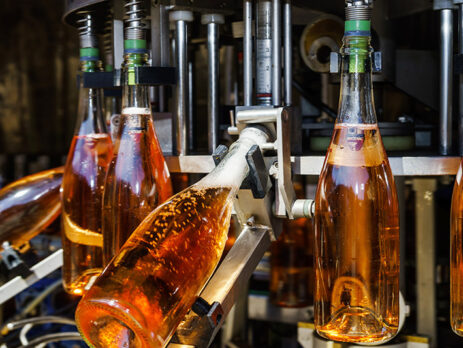Gas Detection in the Drinks Industry
Gas hazards are present throughout many different parts of the drinks industry: from the carbon dioxide used for the carbonation of soft drinks to the range of dangerous gases that can be produced during fermentation and distillation of alcoholic drinks. Whether these gases are essential processing aids or unwanted byproducts, accurately monitoring them using gas detectors is an essential part of identifying hazards and ensuring the wellbeing of personnel in the drinks industry.
Gases in the drinks industry can be broadly categorized as either processing aids, which have technical effects during processing or storage; byproducts, unwanted gases that are unavoidably produced during the production of a drink; or additives.
Additives
Carbon dioxide is by far the most prominent gaseous additive in the drinks industry, providing the basis for the carbonation of drinks. The carbonation process involves dissolving carbon dioxide in drinks at high pressure, so that small bubbles of carbon dioxide are formed when the beverage container is opened at atmospheric pressure. While not generally considered to be toxic, carbon dioxide is a dangerous toxic gas hazard and can cause a range of health problems including headaches, dizziness and loss of consciousness at higher concentrations.
Nitrogen is often used in a similar capacity, adding a creamy texture and head to beers and, more recently, coffee. Nitrogen is not toxic however, it is an inert gas which does represent an asphyxiation hazard.
Processing Aids
Both carbon dioxide and nitrogen are also used as “headspace flushing” gases, used to fill the “empty” space in a beverage container. In this role, these gases prevent the beverage from oxidizing or spoiling while also allowing for thermal expansion.
Byproducts
Many hazardous gases are produced as byproducts in the drinks industry, primarily by the production of alcoholic drinks. Breweries, wineries and distilleries all produce carbon dioxide from the fermentation of sugars into alcohol.
Distilleries produce other hazardous gases, too. Sulfur dioxide – a toxic gas – is often produced by the malting process. In addition to this, flammable vapors are produced by distillation, where alcohol is evaporated from solution and condensed to create strong alcoholic spirits.
The Importance of Monitoring Gas Hazards in the Drinks Industry
Unfortunately, accidents and fatalities do occur in the drinks industry due to gas hazards. As a result, all the gases discussed in this article (with the exception of nitrogen) have regulated toxicity or flammability limits that must be adhered to.
The only way for drinks manufacturers, bottling plants and bar/pub owners, to ensure the safety of personnel and demonstrate compliance to legislative limits or approved codes of practice is to monitor the atmosphere for the gases in question. Therefore, a gas detection system is a vital part of risk mitigation for organizations in the drinks industry.
